Wetlands of Mauritius: Importance and Ramsar Sites
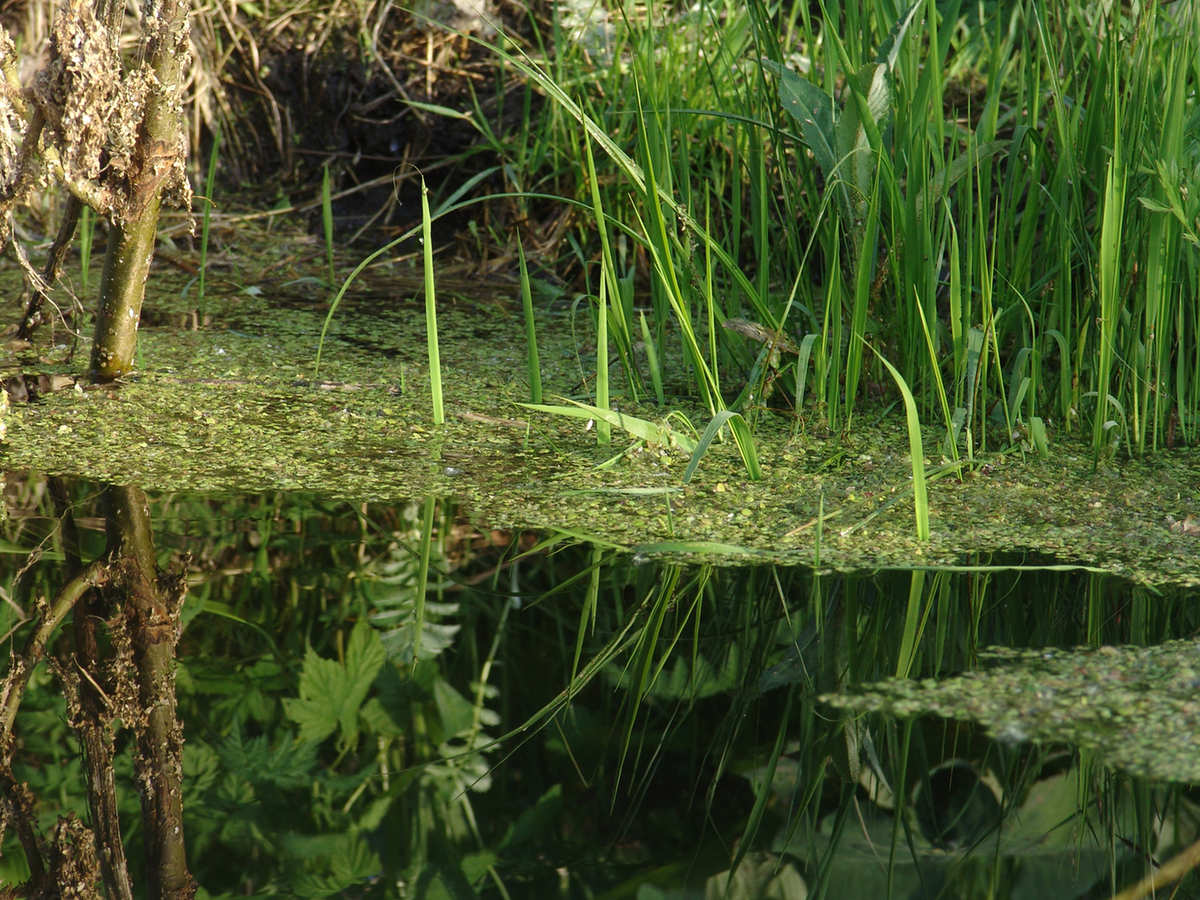
Wetlands are places that are permanently or seasonally filled with freshwater, saltwater or a mixture of these two. As such, wetlands include areas such as marshes, ponds, borders of rivers and lakes and deltas. Though they are often neglected in environmental conservation programmes, including Mauritius, wetlands are one of the most important ecological units of the environment. For instance, they act as natural water filters, trapping metals and other toxic elements in the sediment.
Types of wetlands in Mauritius
Mauritius is entirely surrounded by seawater. Here, freshwater sources include reservoirs, rivers, lakes and ponds that cover an area of 435 ha [1]. Thus, the different water basins, combined with the rugged topography of the island, created different types of wetlands.
The following table shows the types of wetlands in Mauritius, their locations and sizes.
| Type of wetland | Location | Size (ha) |
| 1. Floodplain | inland (such as the banks of rivers and lakes) | 62 |
| 2. Marshes | coastal and inland (transition areas where the land meets the sea and ponds) | 240 |
| 3. Estuaries | coastal | 95 |
| 4. Mangroves | coastal | 49 |
| 5. Marine coasts | coastal | 118 |
| 6. Lakes | inland | 25 |
| 7. Depressions | inland | 50 |
| 8. Reservoirs | inland | 1200 |
So, in general, 144 wetlands falling in the above-mentioned categories currently exist. They cover an area of 1839 ha, concentrating mostly on the east and south-east coasts of the island. This is due to the amount of rainfall that these regions receive throughout the year. As water seeps into the ground, it is retained in the soil causing the upper layers to remain moist and overflow. Nonetheless, natural wetlands cover only a surface area of 639 ha; they include marshes and mangrove swamps.
Importance of wetlands in Mauritius
1. Environmental importance
Wetlands absorb excess water
It goes without saying that wetlands play a vital role in maintaining environmental balance. They act as sponges during heavy rainfall consequently absorbing excess water. Where wetlands have been filled such as in the north of Mauritius, flooding is a recurring issue.
Trap pollutants and improve water quality
Additionally, wetlands trap pollutants like agricultural runoff and vehicle discharges in their sediment. As polluted water passes through wetlands, the roots of plants trap most of the solid particles. Chemicals and heavy metals also eventually settle in the sediment. In this way, wetlands improve water quality and protect ecosystems that are upstream such as coral reefs.
Mangrove physically protect the coast of Mauritius
Mangrove forests physically protect the shore from violent waves, storm surges and tsunamis. Thus, instead of crashing inland, the violent waves knock against the trees and roll back to the sea. Furthermore, mangroves also stabilize the shoreline sediment with their robust root systems. Finally, mangroves are important carbon sinks that help to mitigate the effects of climate change.
2. Economic importance of wetlands
Farming and cultivation
Many of the wetlands in Mauritius like river banks and marshes are of economic value. For instance, many people are now embarking on aquaculture projects close to rivers. Thus, they farm freshwater fish like Berry rouge and shrimps using simple aquaculture systems.
Also, many edible plant species such as watercress and taro, brede songe, grow naturally near river banks. While some people may harvest the available resources for personal use, others practice large scale cultivation.
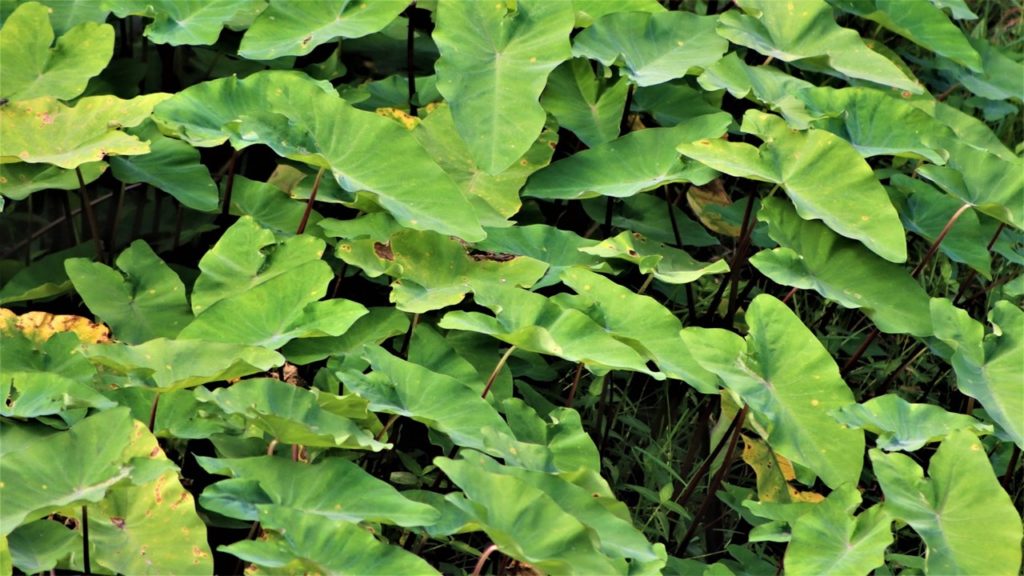
Photo by SukantoBiswas on Pixabay
Marine creatures grow in wetlands
In addition to that, many marine species require the unperturbed sediment of mangroves to hatch and grow during their juvenile stages. In fact, most fish species develop in this way. As the fishing sector is very important in Mauritius, healthy mangroves determine the fate of the fish stocks.
Educational and recreational uses
What’s more, wetlands have important educational and recreational uses too. As it happens, many migratory birds visit the Rivulet Terre Rouge Estuary Bird Sanctuary every year. A large number of birds flying from as far as Russia spend their winters in Mauritius. In short, the marsh provides shelter and food to them during the harsh winters in their respective countries.
Ecotourism activities in wetlands of Mauritius
Likewise, people can also kayak in the serene mangrove forest of Ile D’Ambre. Over the years, more and more tourists are enjoying this as an ecotourism activity.
3. Socio-cultural importance of wetlands
Wetland sites such as marshes and river floodplains are peaceful places where people enjoy the calm atmosphere in families or with friends. This consequently has an impact on the health of individuals as in decreasing stress levels. It can also create a stronger bond between people and nature.
Sacred lake
Here also, the Grand Bassin has religious importance for the Hindu community. It is considered as a sacred lake connected to the Ganges River in India. Irrespective of the religious community, locals and tourists visit the lake all year long for spiritual benefits.
Wetland preservation in Mauritius (Ramsar Sites)
In September 2001, Mauritius adopted the Convention on Wetlands to protect and conserve the local marshes and to use them wisely is a sustainable way. Also called the Ramsar Convention (after the city in Iran in which it was first adopted), three sites of international importance were nominated in Mauritius. They are the Rivulet Terre Rouge Estuary Bird Sanctuary, the Blue Bay Marine Park and the Pointe D’Esny Wetland. These sites cover an area of 401 ha in total.
1. Rivulet Terre Rouge Estuary Bird Sanctuary (RTREBS)
The Rivulet Terre Rouge Estuary Bird Sanctuary is found in the north-west of Mauritius. It covers an area of 26.4 ha. It became a wetland reserve in 1997 and a Ramsar site in 2001. This humid coastal strip serves as a winter shelter for many birds from the northern hemisphere.
Some 1200 migratory bird species fly there annually, some coming from as far as Alaska (the Bar-Tailed Godwit) plus 6 rare migrants and 13 regular migrants. Common migrant birds at the sanctuary are the common Sandpiper, the Grey Plover, the Little Ringed Plover and the Green Shank.
The estuary usually opens for visits from 7 am to 3 pm from Monday to Friday. People can also visit the site on weekends during the migratory period that lasts from October to April.
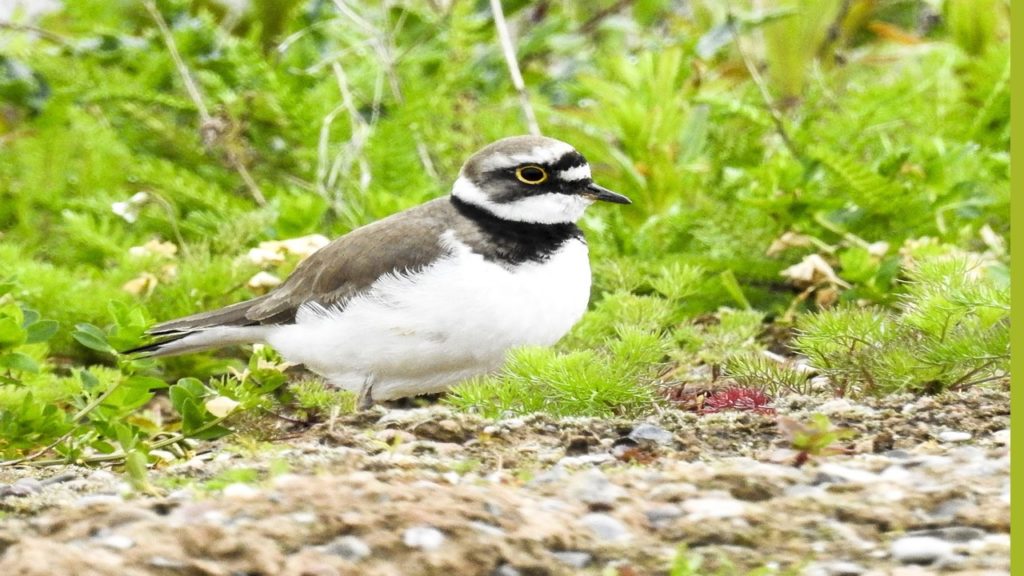
Photo by Kathy2408 on Pixabay
2. Blue Bay Marine Park
The Blue Bay Marine Park is located in the south-east of Mauritius. It extends over an area of 353 ha and ranges in depth from 1-150 m. It was declared a National Park in 1997, a Marine Park in 2000 and a Ramsar site in 2008. While the Blue Bay beach is famous for its white sand and crystal clear blue water, the exquisite marine life that exists in the lagoon makes it even more marvellous.
The patch reef in the park ranks amongst the best in the world. It is also the only place in Mauritius where the stony coral Montipora aequituberculata grows. The biodiversity of the Blue Bay Marine Park includes 108 coral species, amongst which is a 1000-year-old brain coral that has a diameter of 6-7 m. Additionally, there are 233 fish species, 201 mollusc species, 1 species of turtle and 31 species of algae. The two mangrove species of Mauritius also grow along the coasts.
Registered glass bottom boats are available on a daily basis to visit the park.
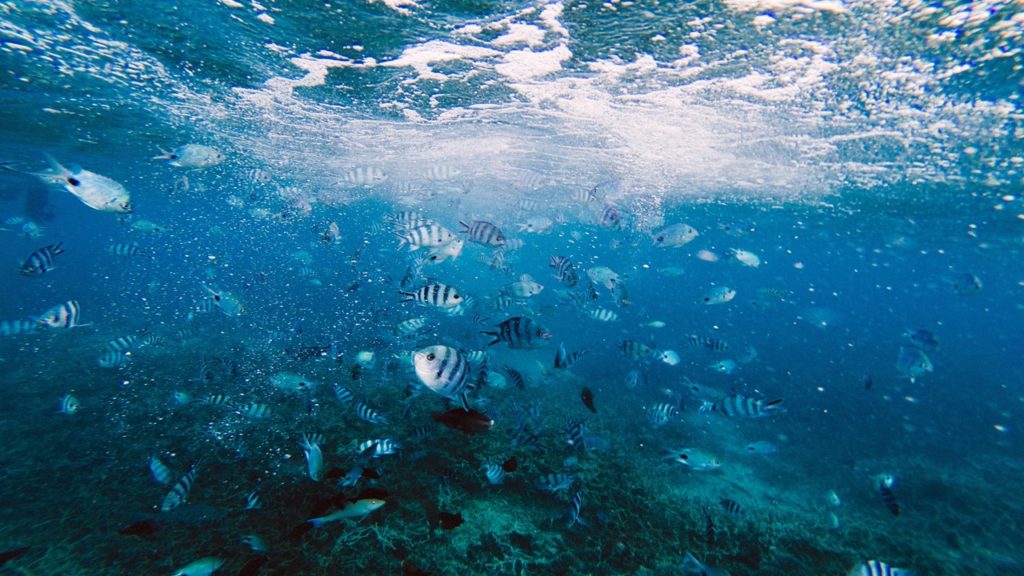
Photo by Jeremy Wermeille on Unsplash
3. Pointe D’Esny Wetland
Pointe D’Esny Wetland is a 22 ha mangrove forest that is located in the south-east of the island. It became a Ramsar Site in 2011 as it has one of the richest and densest mangrove patches of Mauritius. Both species of mangrove trees grow there as well as the endangered plant Zornia vaughaniana.
In general, the wetland provides shelter and food to a number of fishes, crustaceans and birds. What’s more, a number of people living in the coastal village of Pointe d’Esny depend on it directly and indirectly for their livelihoods. Over the years, the wetland has become an important local and ecotourism site and can be visited at any time.
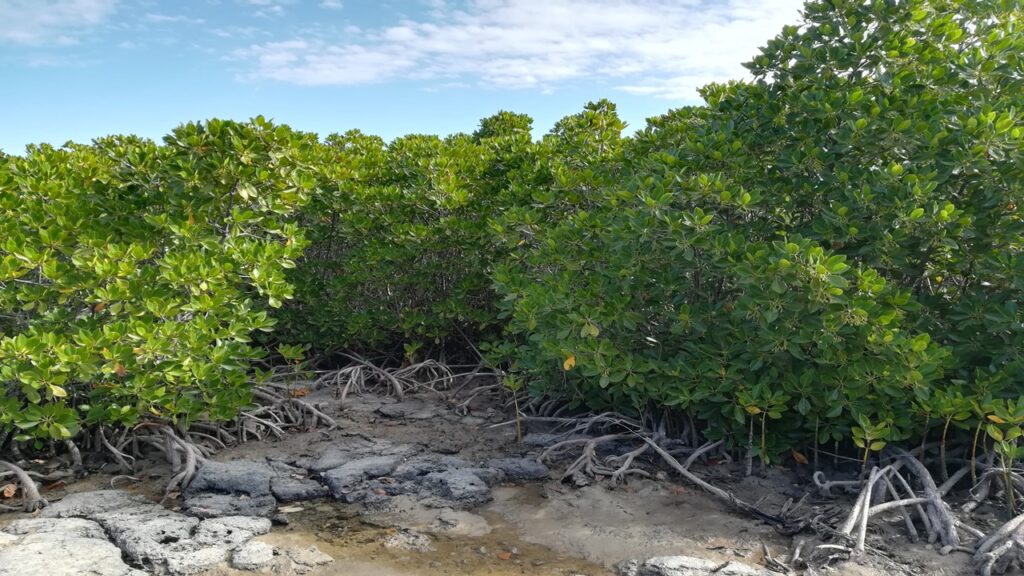
Reference
- Paul, E.C. (1987). Fisheries Development and the Food Needs of Mauritius. Rotterdam, Netherlands: A.A Balkema Publishers, pp 39

Hey, what percentage wetlands are privately owned in Morisius?
Pingback: Flooding Explained: Types, Causes and Examples - Yo Nature
Pingback: Coastal and Marine Biodiversity of Mauritius - Yo Nature
Pingback: Coral reefs of Mauritius - Yo Nature
Pingback: Biodiversity (Flora and FAuna) of Mauritius - Yo Nature
Pingback: Why islands must protect their mangrove forests - Yo Nature
Pingback: Flooding: Types, Dangers and Mitigation Measures - Yo Nature
Pingback: Extreme Weather: Flash floods become frequent in Mauritius - Yo Nature